Apollonia Museum
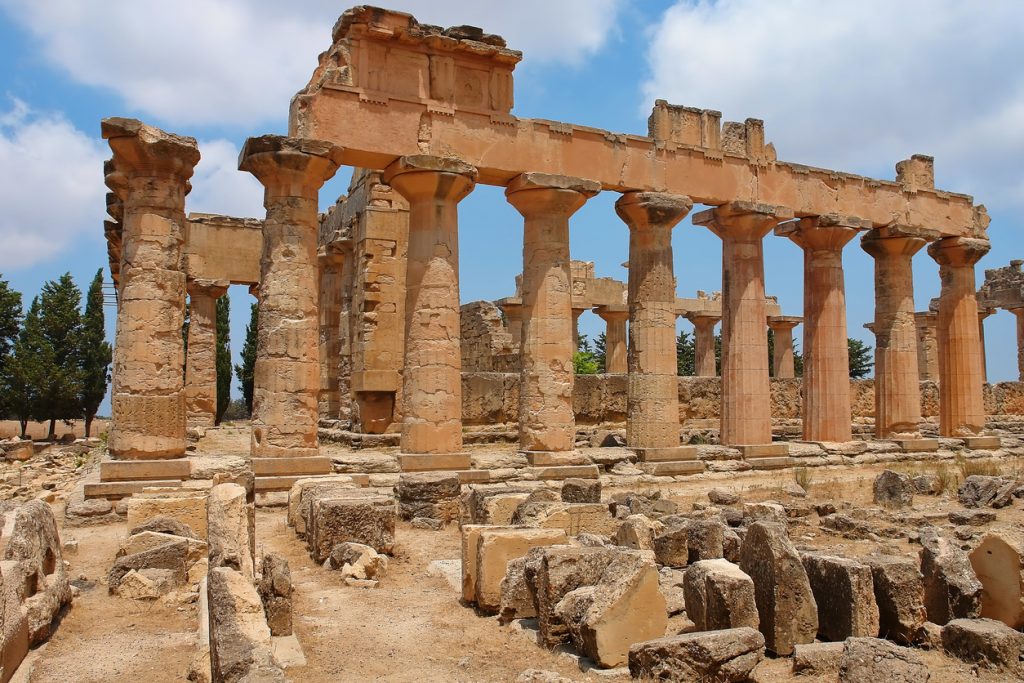
Apollonia Museum (also known as Susa Museum) is an archaeological museum located in Susa, Libya. Its collection includes ancient Libyan and Ptolemaic sculptures, funerary art, architectural elements, ceramics and other household items.[1] The museum houses a lot of history that includes Greek and Latin artifacts.
Cyrene Antiquity Museum
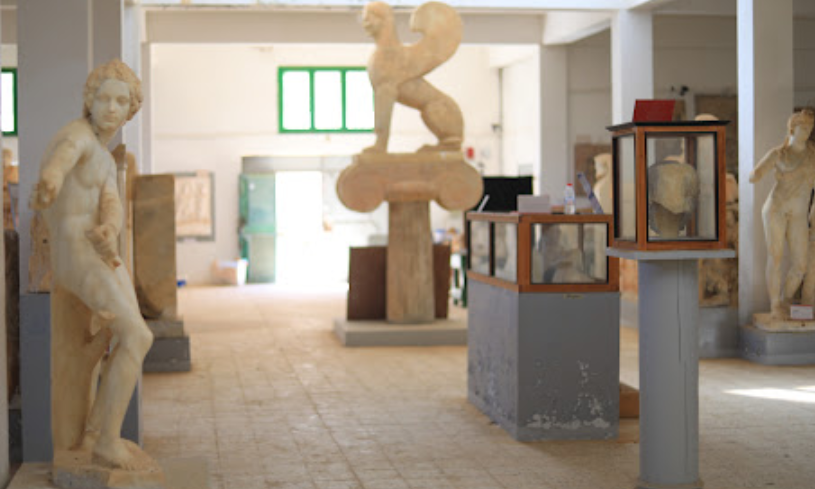
Cyrene Antiquity Museum is an archaeological museum located in Shahhat, Libya. It contains several statues and mosaics from the ancient Greek and later Roman city Cyrene.
According to a multi level research, four out of 200 statues at Cyrene Antiquity museum have previously been identified as dolomitic marble from the northern Aegean island of Thasos
Red Castle Museum
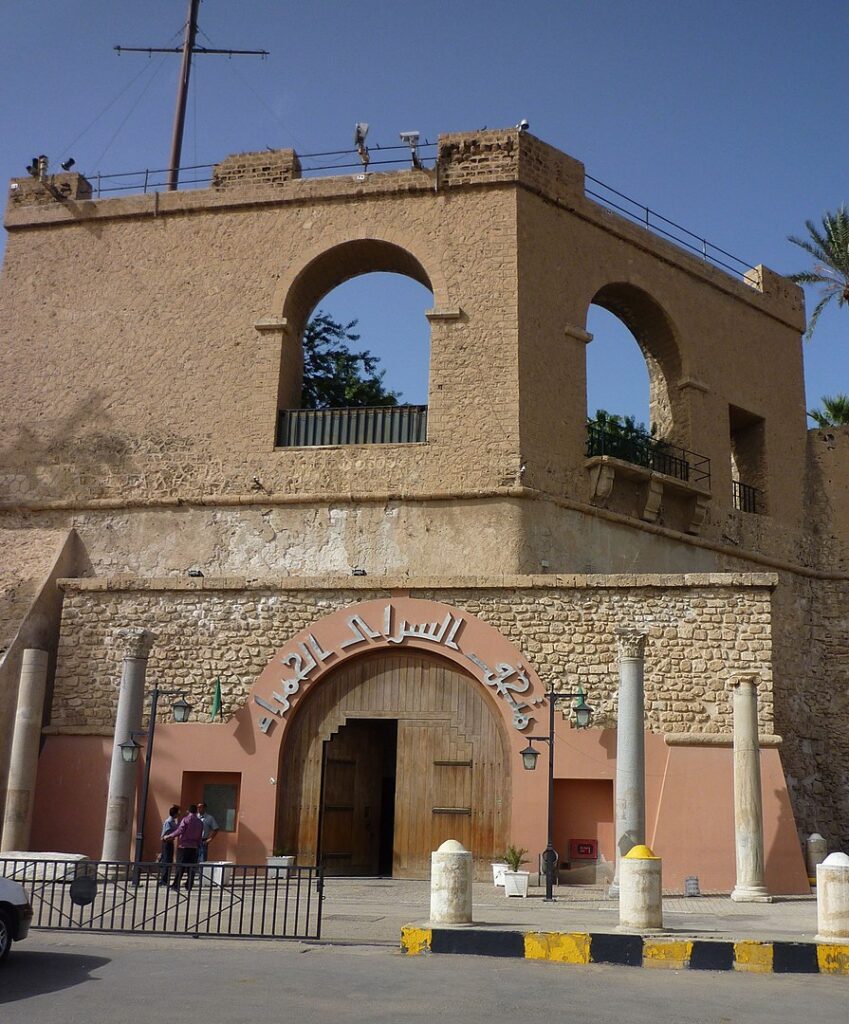
The Red Castle Museum, also known as As-saraya Al-hamra Museum (Arabic: متحف السرايا الحمراء), the Archaeological Museum of Tripoli or Jamahiriya Museum, is a national museum in Libya. It is located in the historic building known as the Red Castle of Tripoli (Arabic: السراي الحمراء), sometimes also referred to as Red Saraya, on the promontory above and adjacent to the old-town district with medina Ghadema.
Designed in conjunction with UNESCO, the museum covers 5,000 years from prehistory to the independence revolution (1953) era. The museum has an entrance on historic As-Saha al-Kradrah, the Martyrs’ Square. The museum has been closed since 2011.
Leptis Magna Museum
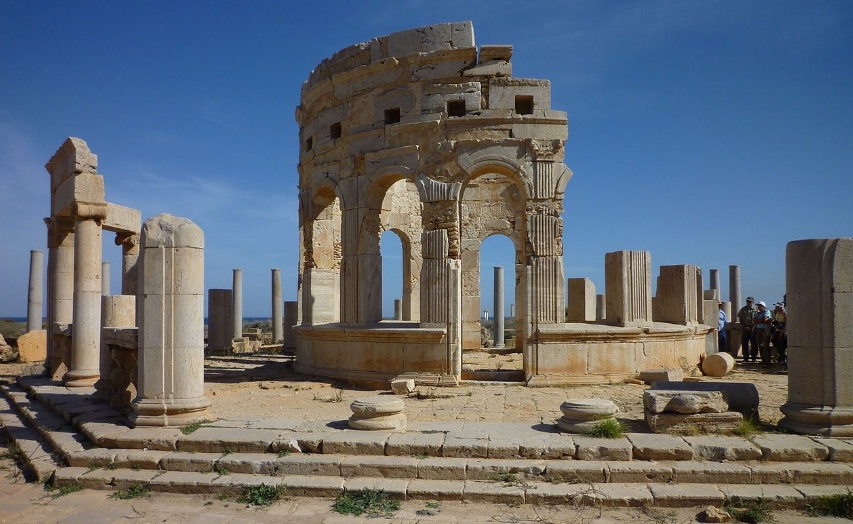
Leptis Magna Museum is an archaeological museum located in Khoms (Leptis Magna), Tripolitania, Libya.
It contains evidence of people of different origins that once inhabited the city of leptis magna, including Berber, Punic, Phoenicians and Romans.
The remains preserved in the museum include statues of characters from numerous classical mythologies such as Zeus and Apollo statues. Adding to that tools and objects that show their day-to-day life habits such as metal work, pottery and jewelry
The Germa Museum
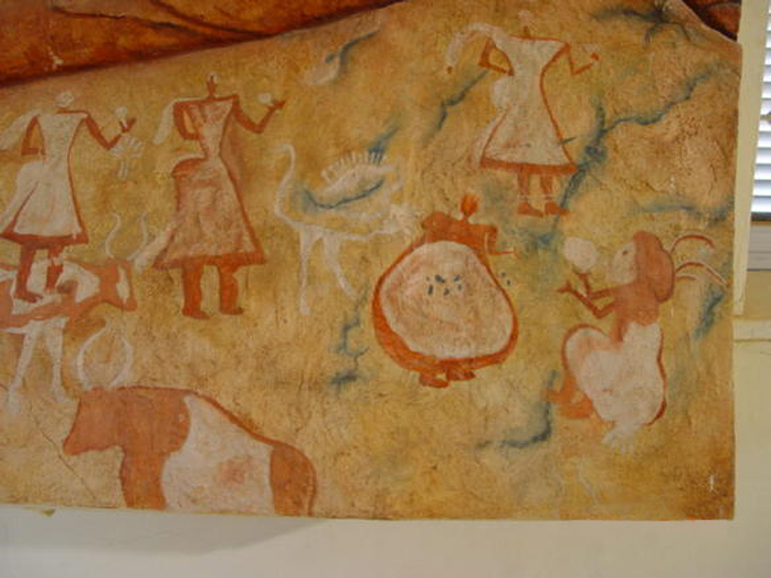
The Germa Museum is an archaeological museum located in Fezzan, Libya. It contains old objects excavated at Germa, the seat of the ancient Garamantian Kingdom.The Garamantian Kingdom flourished between 400 BC and 600 AD.